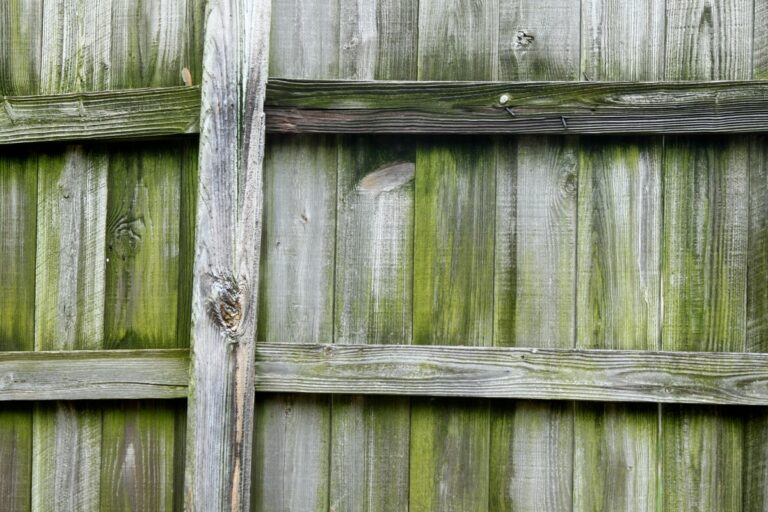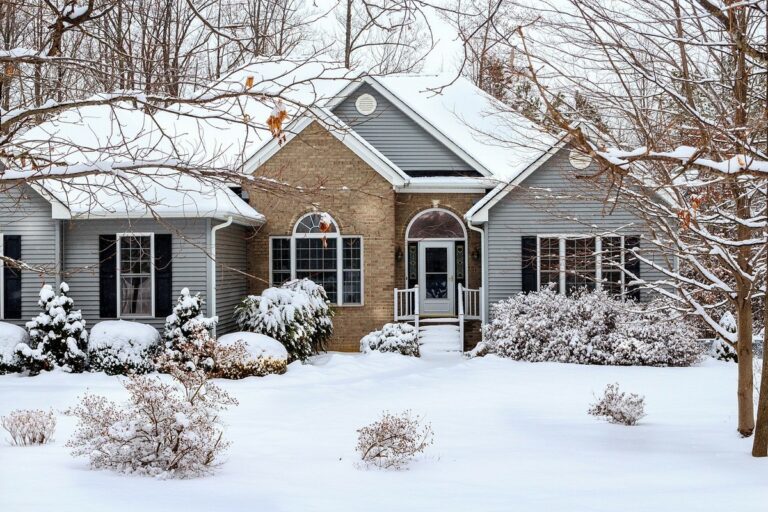Should I and Could I Trim My Trees?
Problem: You have a variety of tree concerns on your property, and you are deciding when, how, and who should tackle the jobs. Some of your trees just don’t look healthy in spots. Some have become too large for the space in which they are growing. Others are beginning to extend over the roof of your home or extend to your neighbor’s property.
Reason: It is something you have put off for too long and pushed to the bottom of your to-do list. You are wondering if disease or pests may spread to surrounding trees. You are concerned about the root systems of some trees that have grown too large. You worry that branches possibly falling due to disease, dead wood, or storms may cause damage to your vehicles, home, or other property, including your neighbor’s. The cost of maintenance is a concern, but so is the cost if damage should occur. Who would pay for cleanup and repairs? You have never worked with an arborist, and don’t know where to find one.
What to Consider Before Trimming Trees
Considerations:
- Take a closer look at the trees on your property. If there are many concerns, make a list or simple map and mark down your concerns. Do you see significant dead wood, decaying matter, or pests? Do you see excessive roots becoming a problem? Do you see where any trees or branches may become a safety concern because of electrical lines or close proximity to your home or property or your neighbor’s?
- Property Damage Not Covered by Insurance.
- It is not common for insurance to cover damage caused by trees that have fallen because are dead or diseased. As the homeowner, the liability falls in your lap.
- However, if a tree or branch is large enough to block your driveway, your insurance may cover its removal. Again, you would cover the deductible. Check with your insurance provider.
- Property Damage Covered by Insurance. Insurance will typically cover costs when a storm causes a healthy tree or limb to fall and cause damage to your property. You will need to file a claim and cover the deductible, of course. However, if the damage caused is on your neighbor’s property, then they would file a claim with their own insurance provider. Remember that policies may vary in terms and conditions, exclusions, and limitations.
Solutions:
- If you have serious concerns for the future, it may be wise to be proactive and inquire as to what type of coverage you have with your current policy and consider changes.
- Evaluate your property’s needs yearly and have maintenance performed. However, depending on your area, there may be local regulations on certain activities, so check with your county’s extension service.
- Consider a consultation with a professional arborist or hire them for the maintenance. Most trees do best when trimming in the cooler months from November to March.
- For more information on the topics below, see the link for the North Carolina Urban Forest Council at: https://www.ncufc.org/
Benefits of Trimming Your Trees
Investment Pay-Off: The time you take to evaluate your property’s situation will pay off later. Trees grow and then age, storms come, and neighbors may or may not be friendly. Anytime you take a proactive and preventative approach, it provides you with a greater measure of safety, a plan of action for maintenance time required and a ballpark for the anticipated cost.
Conclusion
Conclusion: Waiting until the last minute, or until a problem is unavoidable, may cost you more later. The financial investment to maintain healthy trees on your property will, in the long run, save you money, time, and unnecessary stress.
John Norlin and the All Points Home Inspection team can help make sure your home and appliances are in tip-top shape. Check out all our Primary Home Inspection Areas to learn more.
Sources
AAA Living Magazine, March/April/May 2023, Pg 36




